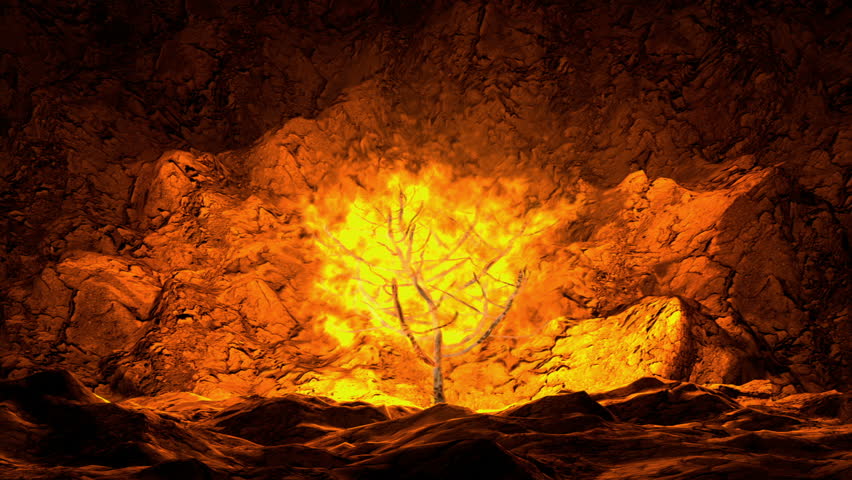Standing Still

Our central prayer is known by the instructive term Amidah, or “standing.” This usage of Amidah as a noun, as opposed to a gerund, is post-Talmudic. The Sages called this liturgy simply תפילה/tefillah, or prayer par excellence. In the pithy phrasing of the Mishnah, they instructed about proper posture: “One only stands to pray in… Read more »








